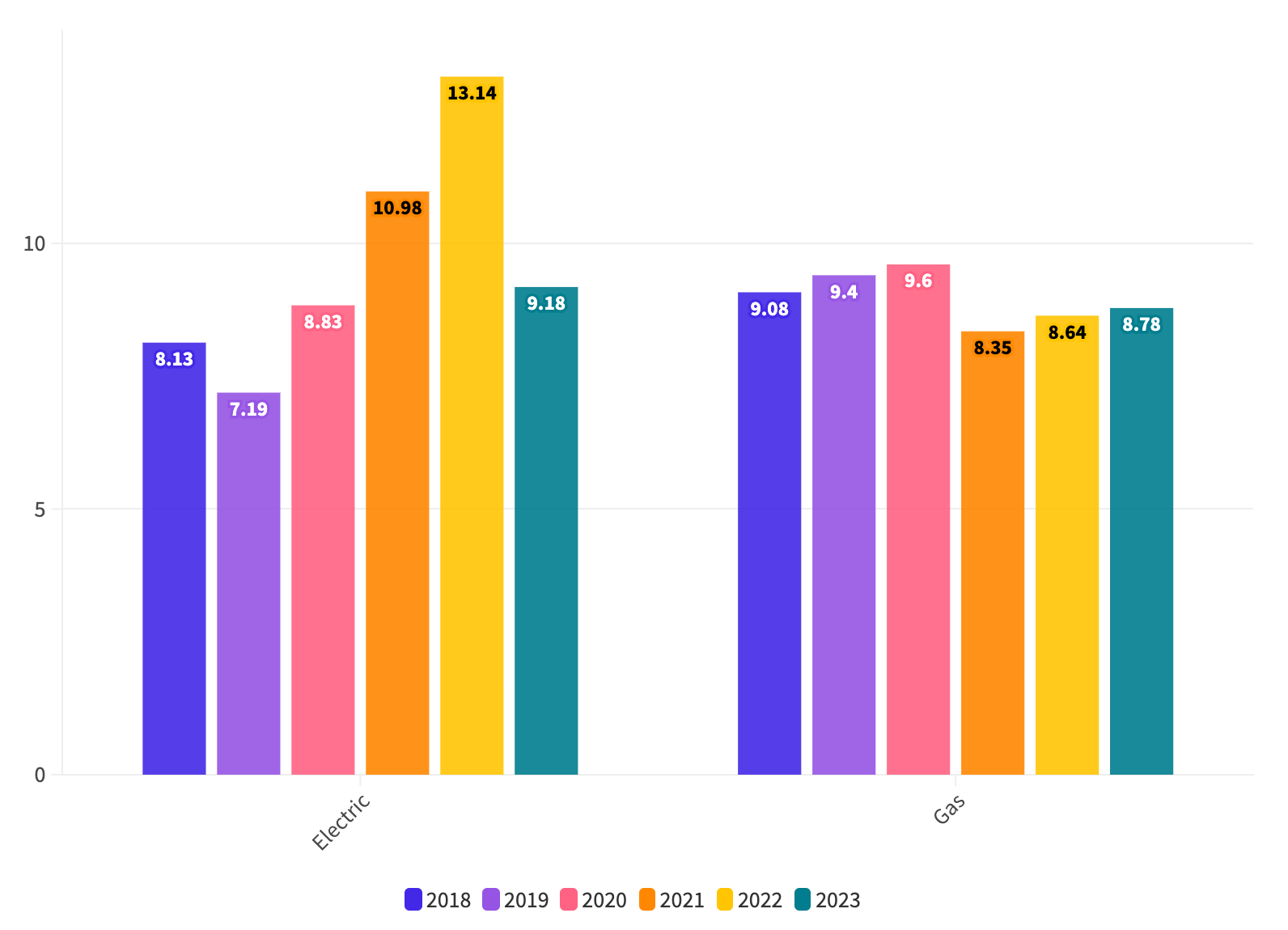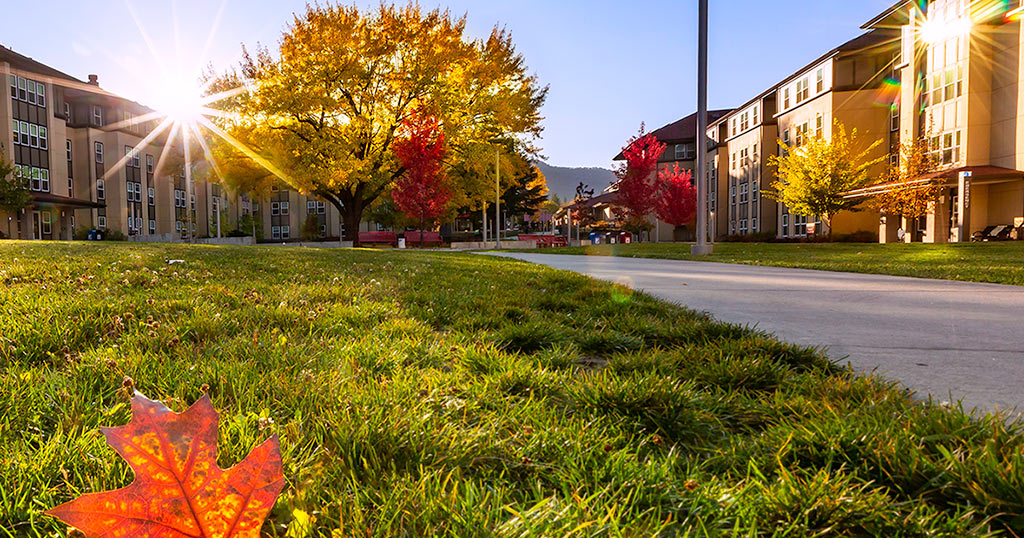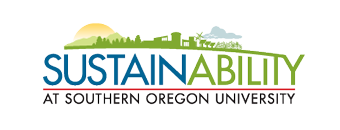SOU’s Goals
SOU is committed to reducing its greenhouse gas emissions and improving energy efficiency. As part of the Better Climate Challenge (BCC), SOU aims to cut its scope 1 and 2 greenhouse gas emissions by 50% and reduce energy intensity by 25% by 2032, using 2022 as the baseline year. Check out SOU’s Better Climate Challenge page here.

The image above shows SOU’s energy efficiency for 2018 – 2023 for both electric and gas.
Caption: 2018: Electric 8.13, Gas 9.08; 2019: Electric 7.19, Gas 9.4; 2020: Electric 10.98, Gas 9.6; 2021: Electric 10.98, Gas 8.35; 2022: Electric 13.14, Gas 8.64; 2023: 9.18, 8.78
To calculate electrical energy efficiency, the total kWh hours per year per building were divided by the square footage of each building. The data for total kWh hours per building was collected from monthly readings provided by meters installed in certain buildings across campus. It is worth noting that not every building has a dedicated meter, and in some cases, multiple buildings share the same meter. However, the major buildings across campus are equipped with individual electrical meters, which provides a reliable estimate for the actual numbers.
As such, the above chart shows the historical electrical energy efficiency for SOU. The lower the number, the higher the energy efficiency. Analysis of the electrical energy data available reveals that SOU’s electrical usage consistently remains significantly below the average consumption of other universities.
Monitoring
SOU utilizes Energy STAR portfolio management to monitor its energy consumption and help to identify opportunities to improve energy efficiency.
Looking forward, SOU is committed to embracing the latest standards and best practices in energy usage to further reduce its environmental impact and set a positive example for future generations.

SOU’s Energy Efficiency Improvements
SOU’s proactive approach includes upgrading to energy-efficient lighting, boilers, and HVAC systems, and installing new meters to better track energy consumption.
SOU upgraded the mechanical equipment at the Central Plant Building on campus in 2019. Boilers 1 and 2 were replaced with high-efficiency Hurst boilers with high-efficiency Riello Burners. Boilers 3 and 4 had the burners replaced with the same high-efficiency Riello Burners. A new Riello control system was installed to operate the boilers more efficiently. A new water softener system was installed to help reduce chemical usage. The existing 800-ton and 500-ton centrifugal chillers were replaced with two 800-ton, higher-efficiency centrifugal chillers. The roof-mounted, three-cell cooling tower was replaced with a larger-capacity, high-efficiency, two-cell cooling tower. One of the two existing condenser water pumps was replaced with a larger-capacity pump.
The operation of the HVAC system for each campus building on the University’s direct digital control (DDC) system is scheduled based on the building occupancy information. When a building is not occupied, the temperature controls go into “unoccupied” status, with a lower setback temperature during the heating season and a higher setback temperature during the cooling season. HVAC systems are also upgraded during renovation projects across campus.
LED lighting became the SOU campus standard in 2016 and all new construction and renovation projects since 2016 have incorporated LED lighting. Projects with lighting retrofits throughout the building include the Theater Building, The Lithia Motors/SRC, Britt Hall and the Recycling Center. Other renovation projects with partial LED retrofits include the Music Building, Taylor Hall, the Science Building, the Osher Lifelong Learning Institute and Raider Stadium. SOU has been gradually replacing exterior campus lighting with LED fixtures and more than half of the campus has been retrofitted with LED since 2016.
SUSTAINABILITY
Sustainability at SOU
1250 Siskiyou Blvd
Ashland, OR 97520
sustainability@sou.edu
541.552.8139

